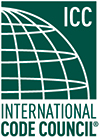 |
Codes Corner |
| Excerpts from some of ICC's most beneficial code publications and resources |
| —*ADVERTISEMENT— |
 |
| CODE UPDATE |Significant Changes to the 2015 International Fire Code | |
| (The information below is excerpted from the Significant Changes to the 2012 International Codes series.) | |
| A significant code change authorizes the code official to approve vehicle impact barriers other than posts. Previous criteria did not provide for a true performance-based alternative since it addressed a force, but not an impact velocity, such as a 12,000-pound vehicle traveling at 10 mph. The change provides a true performance-based option. The code official now has the ability to approve a barrier based on its ability to resist, deflect or visually deter vehicular impact. Continue reading more on this update to the 2015 Fire Significant Changes. |
|
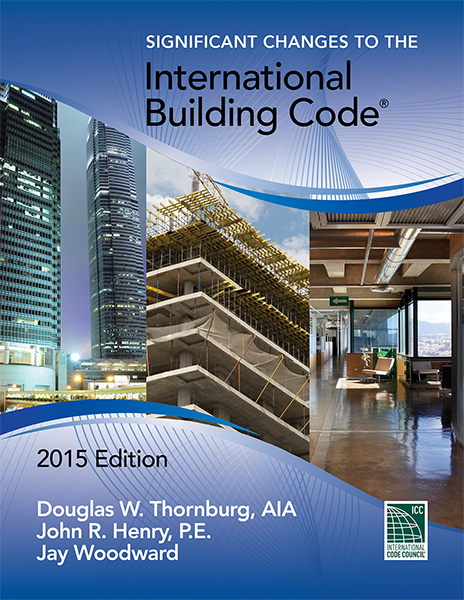 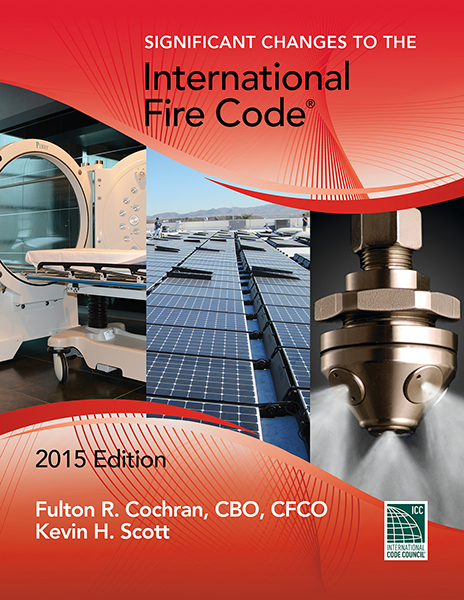 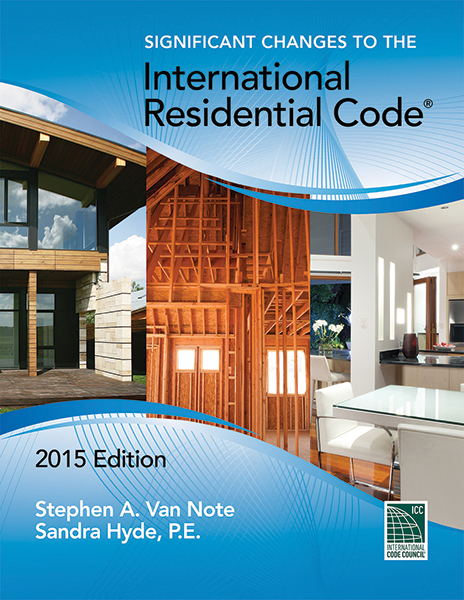 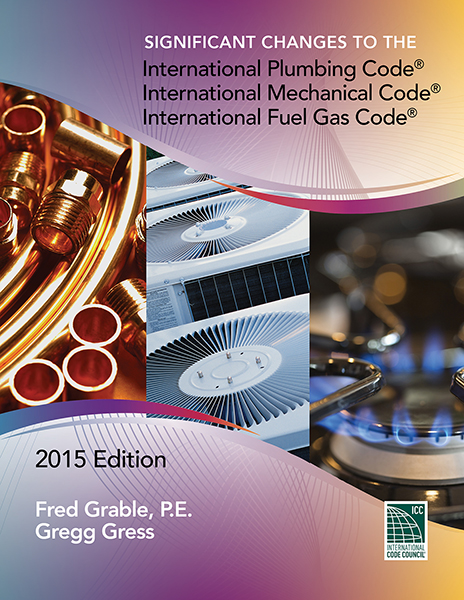 |
The Significant Changes to the 2015 International Codes series has been developed by the International Code Council and published by Cengage Learning to assist code officials, architects, engineers and other construction professionals transitioning from the 2012 to the 2015 editions of the International Codes. The series offers a comprehensive yet practical analysis of hundreds of the most critical changes from a very active code development cycle. Each color publication contains: revised code text; a summary of each change listed; in-depth change analysis; and a detailed photo, illustration or table for each change to deepen understanding. Coverage reflects provisions with special significance, including new and innovative design ideas and technologies, modern materials and methods of construction, and current approaches to safety and stability. Authored by ICC code experts, these useful tools are "must-have" guides to the many important changes in the 2015 International Codes. |
| —*ADVERTISEMENT— |
 |
| CODE BASICS | Fire, Based on the 2012 International Fire Code |
| (The information below is excerpted from the 2012 Building Code Basics series.) |
| The IFC allows the use of open flames for theatrical performances, food preparation, religious ceremonies, decoration and paint removal. Under very limited conditions, open flames are permitted in assembly (Group A) occupancies. The IFC requires an operational permit for using open flames in assembly areas.
Continue reading more on this excerpt from the Building Code Basics: Fire, Based on the 2012 IFC. |
| Back to top |
| —*ADVERTISEMENT— |
 |
| CODE HANDBOOK | 2012 International Building Code Handbook | |
| (The information below is excerpted from the 2012 International Building Code Handbook.) | |
| The story within a building where an exit terminates and the exit discharge begins creates a condition defined as the level of exit discharge. Because exit discharge occurs substantially at ground level, the level of exit discharge typically provides a horizontal path of travel toward the public way. Continue reading more on this excerpt from the 2012 International Building Code Handbook. |
|
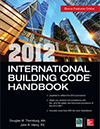 |
The 2012 International Building Code Handbook is a comprehensive, full-color guide to the entire 2012 International Building Code (IBC). Authored by ICC code experts and published by McGraw-Hill to assist code officials, architects and engineers in understanding the code, this publication covers both structural and fire- and life-safety provisions. This time-saving resource makes it easy to understand and apply complex IBC requirements and achieve compliance. |
| Back to top |